SCHIFF’s Reagent
In application, Schiff's reagent is commonly used to visualize periodic acid-Schiff (PAS)-reactive structures in tissues. PAS staining is an important method for detecting polysaccharides, glycoproteins, and other structures containing aldehydes, such as glycogen, mucus, and basement membranes.
After pretreating tissue sections with periodic acid, which generates aldehyde groups, Schiff's reagent is applied. The aldehyde groups react with the reduced dye in the reagent, producing an intense magenta stain. This staining allows the identification and localization of PAS-reactive structures in the tissues examined.
Article no.: >11686.01000
Detection of aldehyde groups
Important Information
Sales restriction: no private users!
UN-Nummer: 0000
Warning labels: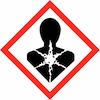
Lagerung: 4 … 20 °C
Haltbarkeit: 9 Monate

product information
Relevant Incredients:
• Hydrochloric Acid 37%
• Pararosaniline (C.I.: 42500)
• Sodium metabisulfite
• Charcoal, med.
Technical informations
Instructions / Protocol / Recommendations
Verwendung:
Schiff's reagent is a staining solution used in histology and cytology to visualize periodic acid-Schiff (PAS)-reactive structures in tissues. It allows identification and localization of polysaccharides, glycoproteins, and other aldehyde-containing structures such as glycogen, mucus, and basement membranes. The aldehyde groups react with the reduced dye in the reagent, producing an intense magenta color. It is used primarily in Schiff fuchsin staining and plays an important role in in vitro diagnostics.
Prinzip:
SCHIFF's reagent is an important staining solution in in vitro diagnostics, used because of its specific binding to tissue or cell structures. The principle of operation is based on the reaction of pararosaniline, a basic dye, with aldehyde groups present in the cell structures or tissues under investigation. Sodium disulfite is used as a reducing agent to convert the pararosaniline to a colorless form (leucoform). The hydrochloric acid provides an acidic environment that facilitates the reaction. Upon contact with aldehydes in the sample, the color of the pararosaniline is restored, resulting in a visible coloration. The medicinal charcoal removes unbound dye residues to ensure clear staining.
Verfahren:
SCHIFF's reagent is an important staining solution in in vitro diagnostics, used because of its specific binding to tissue or cell structures. The principle of operation is based on the reaction of pararosaniline, a basic dye, with aldehyde groups present in the cell structures or tissues under investigation. Sodium disulfite is used as a reducing agent to convert the pararosaniline to a colorless form (leucoform). The hydrochloric acid provides an acidic environment that facilitates the reaction. Upon contact with aldehydes in the sample, the color of the pararosaniline is restored, resulting in a visible coloration. The medicinal charcoal removes unbound dye residues to ensure clear staining.
Hazard and safety instructions
| Signal Word 1: Gefahr |
| Signal Word 2: silhouete, , , |
Warning labels:  |
Suggested products
-
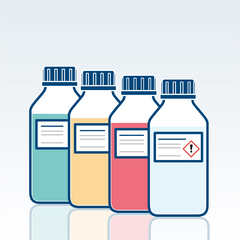
Staining Kit: PAS-Reaction
Differentiation of mucopolysaccharides
Article number: 12153from € 32.43 + VAT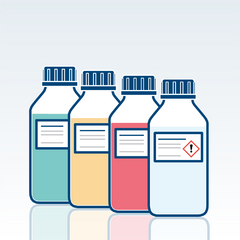
Staining Kit: Alcian Blue-PAS Staining
Detection of mucopolysaccharides
Article number: 11388from € 53.19 + VAT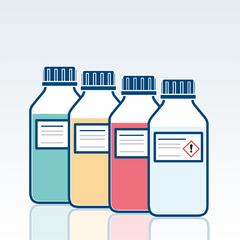
Staining Kit FH: Staining after BAUER & CALLEJA
Food sample staining
Article number: 14640from € 40.34 + VAT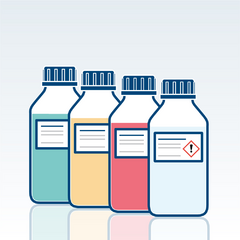
Staining Kit: MorLEUK (Leucemia Detection)
Use as laboratory reagent
Article number: 15330from € 43.11 + VAT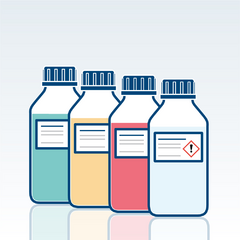
Staining kit: DNA staining according to FEULGEN
DNA staining
Article number: 15631from € 33.99 + VAT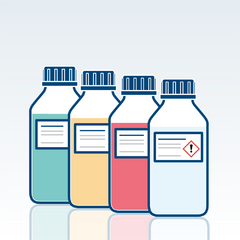
Staining Kit: PAS-Diastase
Glycogen staining in tissue samples
Article number: 11739from € 30.15 + VATPinned products0
Last seen1
